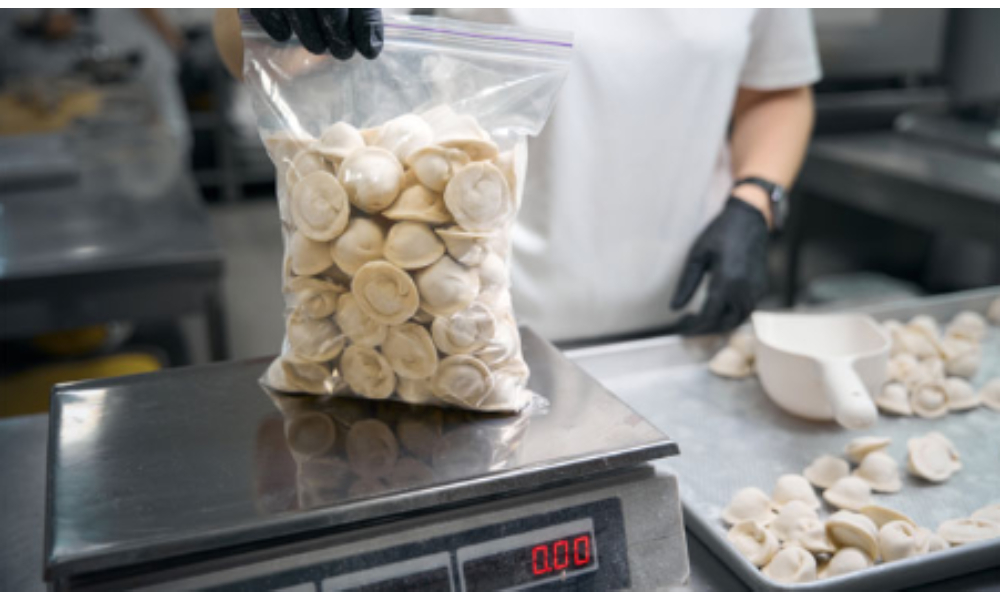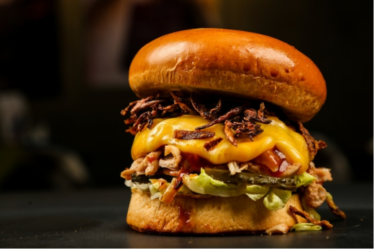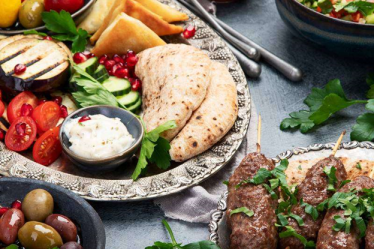
In the fast-growing frozen food industry, packaging plays a critical role in maintaining product quality, ensuring food safety, and capturing consumer attention. Frozen food bags are not just a protective layer—they are a vital part of the cold chain process that helps products stay fresh, flavorful, and safe from freezer burn or contamination. Whether you’re a food manufacturer, distributor, or retailer, investing in high-quality frozen food bags can make all the difference in product shelf life and customer satisfaction.
What Are Frozen Food Bags?
Frozen food bags are specialized packaging materials designed to store food products at low temperatures without compromising their integrity. These bags are typically made from durable, food-grade plastic materials such as polyethylene or laminated films that can resist moisture, punctures, and extreme cold. From frozen vegetables and meats to ready-to-eat meals and seafood, these bags ensure that products remain fresh from the factory to the freezer and finally to the consumer’s table.
Key Benefits of Frozen Food Bags
1. Excellent Barrier Protection:
One of the primary functions of frozen food bags is to serve as a barrier against moisture, oxygen, and other external contaminants. This barrier helps prevent freezer burn, which can deteriorate the texture, flavor, and nutritional value of the food.
2. Extended Shelf Life:
By locking in freshness and minimizing exposure to air and bacteria, frozen food bags play a vital role in extending the shelf life of perishable products. This helps reduce food waste and ensures that products reach consumers in peak condition.
3. Customization and Branding:
Today’s frozen food packaging isn’t just functional—it’s also a marketing tool. Custom-printed frozen food bags allow businesses to display their brand logo, nutritional information, cooking instructions, and eye-catching graphics that appeal to customers. This helps products stand out in crowded freezer aisles.
4. Versatility in Design:
Frozen food bags come in various formats such as vacuum-sealed pouches, resealable zipper bags, stand-up pouches, and gusseted bags. These design options cater to different product types and consumer preferences, improving usability and convenience.
5. Compliance with Food Safety Standards:
High-quality frozen food bags are manufactured using food-safe materials and meet regulatory standards set by organizations like the FDA. This ensures that the packaging is safe for direct contact with food and doesn’t leach harmful substances during freezing or heating.
Applications Across Industries
Frozen food bags are used across a wide range of sectors including:
- Retail: Packaged frozen meals, snacks, and vegetables.
- Foodservice: Bulk frozen ingredients for restaurants and cafeterias.
- Seafood: Individually Quick Frozen (IQF) fish and shellfish.
- Meat Processing: Frozen cuts, patties, and ground meat.
- Pet Food: Frozen raw or cooked meals for pets.
Final Thoughts
Frozen food bags are an essential part of modern food packaging. They ensure food safety, extend shelf life, and support branding efforts—all while providing convenience to both businesses and consumers. As the demand for frozen foods continues to rise, having the right packaging solution is more important than ever. Whether you’re launching a new frozen food product or upgrading your packaging, custom frozen food bags are a smart investment in quality, safety, and customer satisfaction.



